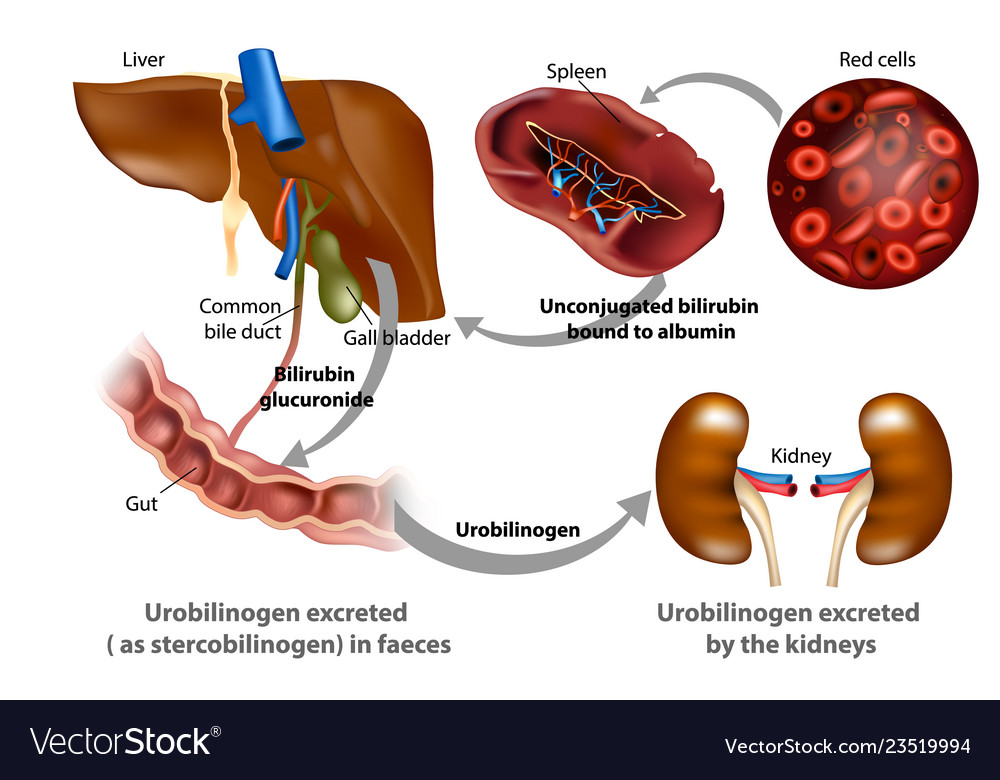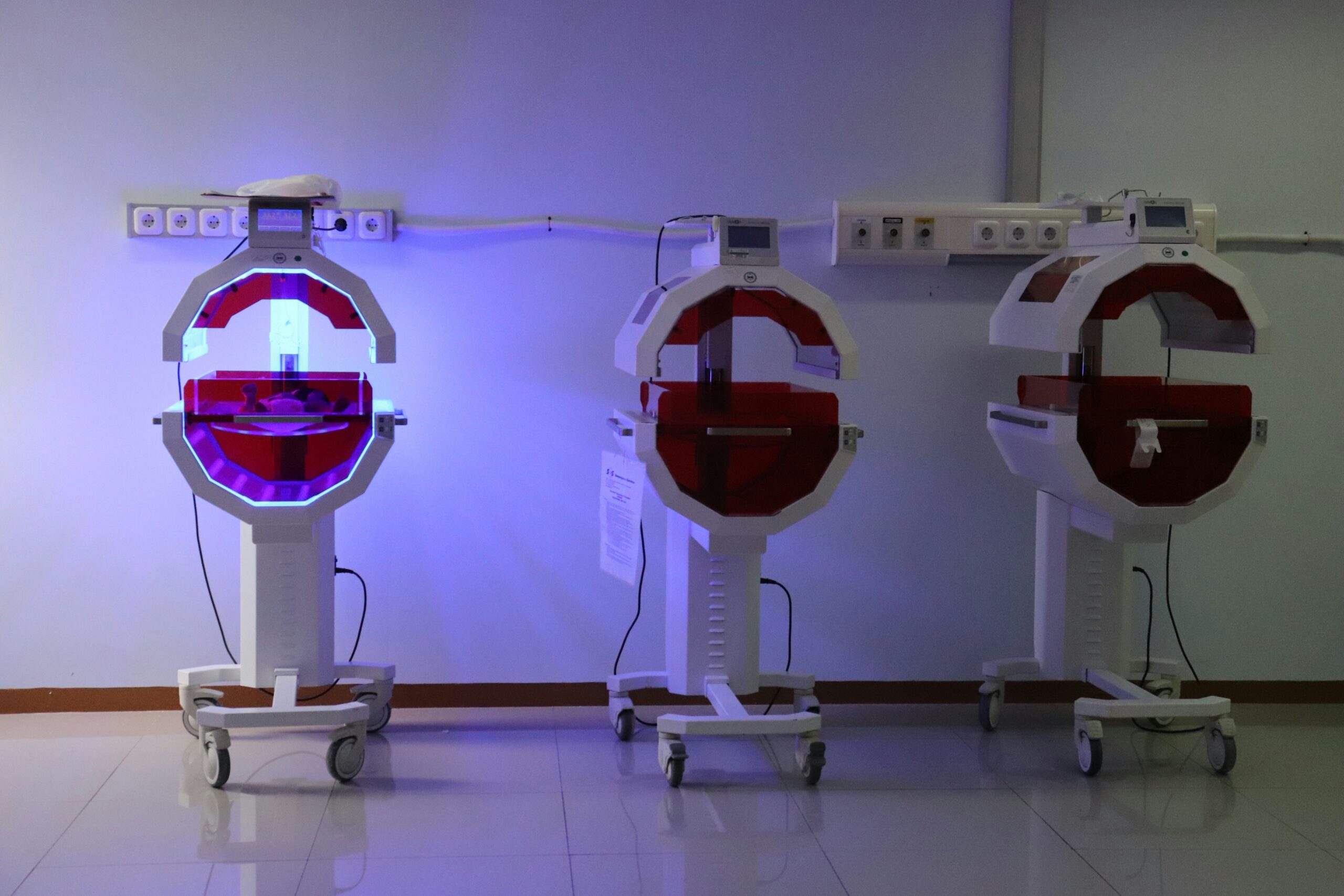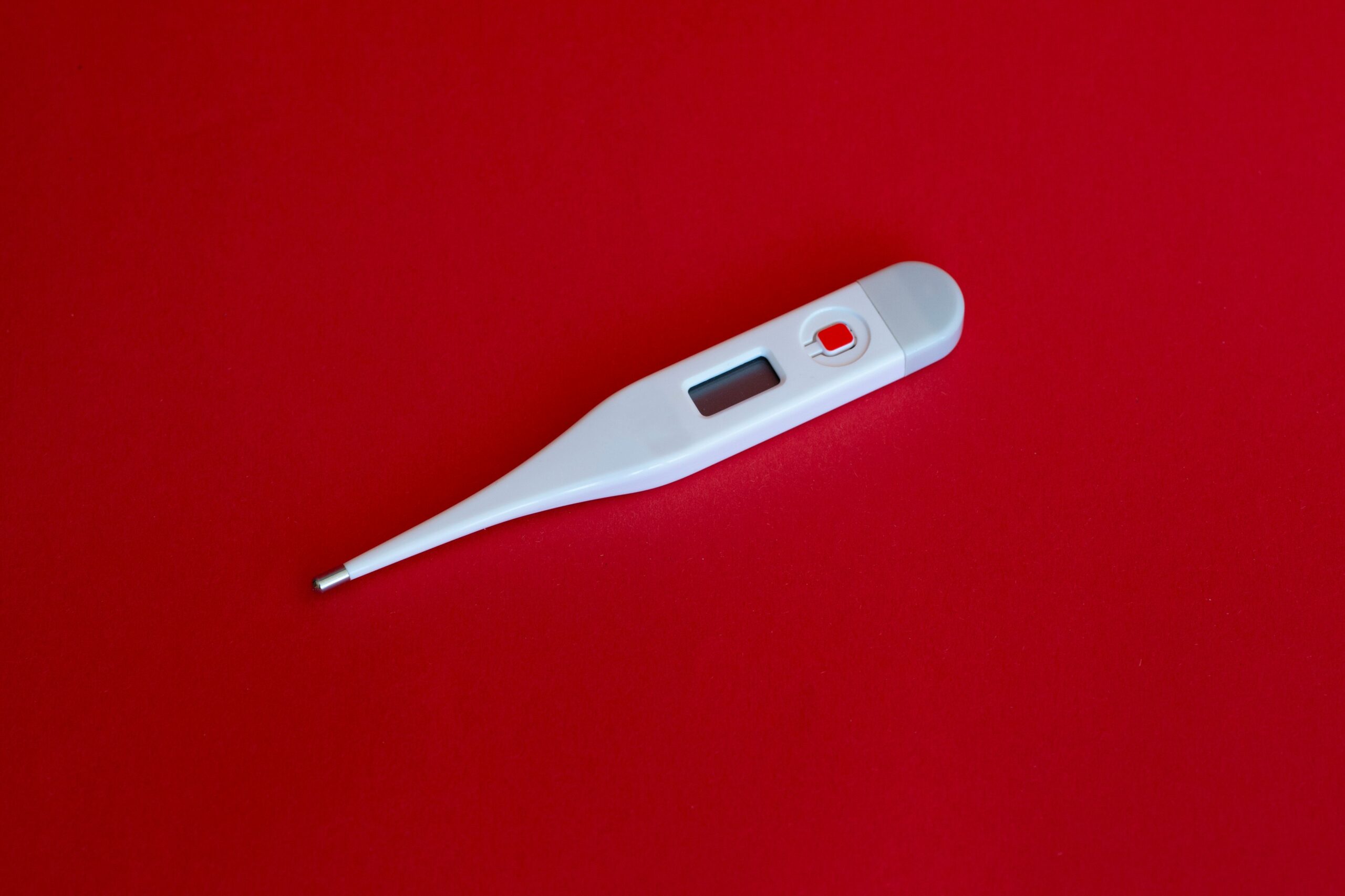Introduction
Bilirubin is a yellow pigment that is produced by the breakdown of red blood cells in the body. It is processed by the liver and excreted in the bile. Bilirubin levels can provide valuable information about the functioning of the liver and the overall health of an individual.
Direct Bilirubin
Direct bilirubin, also known as conjugated bilirubin, is a water-soluble form of bilirubin that has been processed by the liver. It is formed when bilirubin combines with a sugar molecule called glucuronic acid. Direct bilirubin is then excreted into the bile and eventually eliminated from the body through the feces.
Indirect Bilirubin
Indirect bilirubin, also known as unconjugated bilirubin, is a fat-soluble form of bilirubin that has not yet been processed by the liver. It is formed when red blood cells break down and release bilirubin into the bloodstream. Indirect bilirubin is transported to the liver, where it is converted into direct bilirubin through a process called conjugation.
Normal Levels
The normal range for total bilirubin levels in adults is typically between 0.2 and 1.2 milligrams per deciliter (mg/dL). Direct bilirubin levels should be less than 0.3 mg/dL, while indirect bilirubin levels should be less than 1.0 mg/dL.
Causes of High Bilirubin Levels
High levels of bilirubin in the blood, known as hyperbilirubinemia, can be indicative of various underlying health conditions. Elevated levels of direct bilirubin may suggest liver disease, such as hepatitis or cirrhosis. It can also be a sign of bile duct obstruction or cholestasis, where the flow of bile from the liver is blocked.
On the other hand, high levels of indirect bilirubin may indicate an increased breakdown of red blood cells or impaired liver function. Conditions such as hemolytic anemia, Gilbert’s syndrome, or certain medications can lead to elevated levels of indirect bilirubin.
Impact on Diagnosis
Measuring direct and indirect bilirubin levels can help healthcare professionals diagnose and monitor various liver and blood disorders. By analyzing the ratio of direct to indirect bilirubin, doctors can determine whether the underlying cause of hyperbilirubinemia is related to liver dysfunction or increased red blood cell breakdown.
Additionally, bilirubin levels are often measured in newborns to assess the risk of developing jaundice, a condition characterized by yellowing of the skin and eyes. High levels of bilirubin in newborns can be a sign of an immature liver or other underlying health issues.
Conclusion
Understanding the differences between direct and indirect bilirubin is crucial for proper diagnosis and monitoring of liver and blood disorders. While direct bilirubin is processed by the liver and excreted in the bile, indirect bilirubin is a precursor that needs to be converted into its direct form. Abnormal levels of bilirubin can indicate various health conditions, and healthcare professionals rely on these measurements to provide accurate diagnoses and appropriate treatment.




